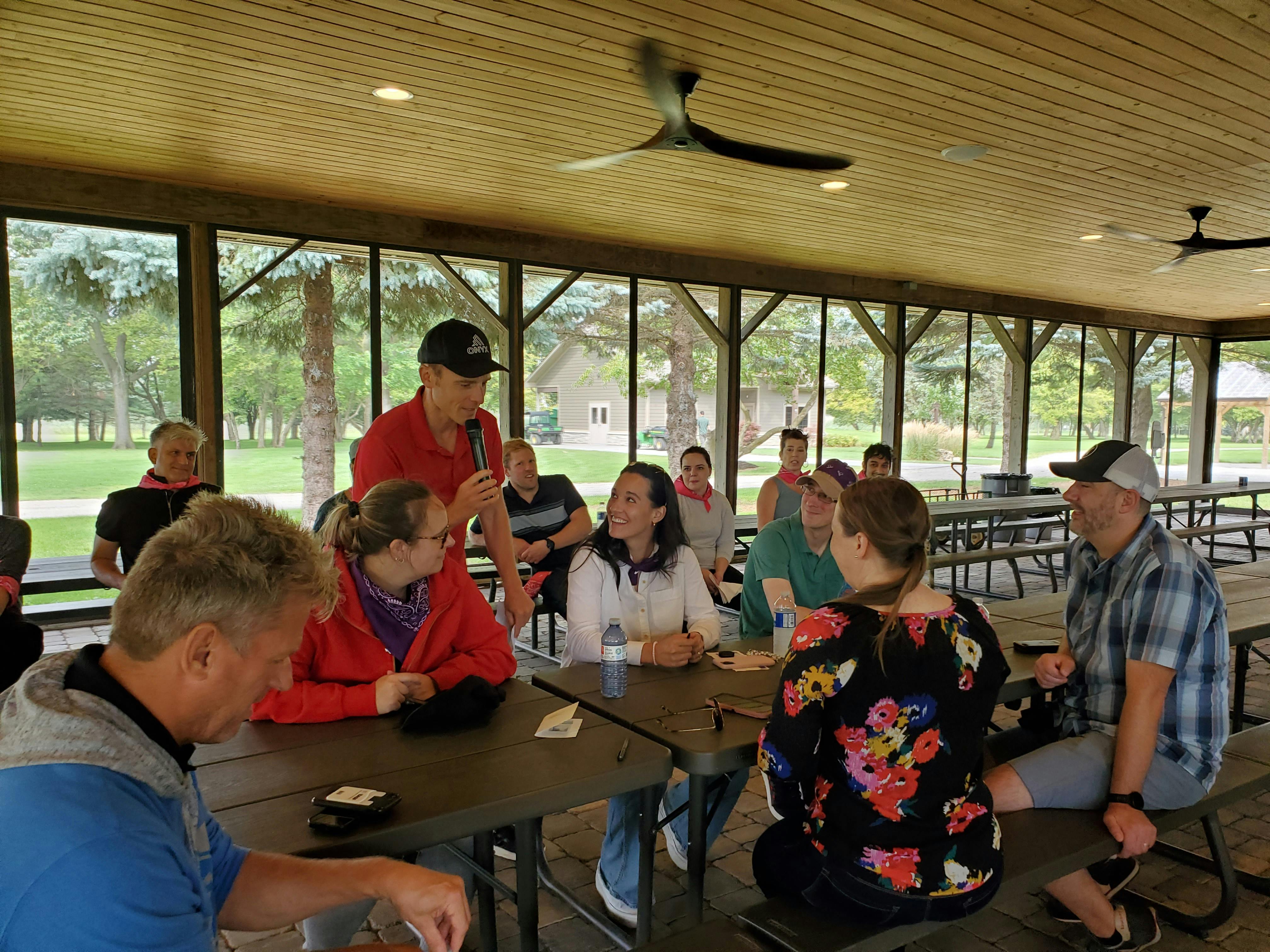Unlocking Success: 10 Compelling Reasons Why Team Building is Essential for Every Meeting

Meetings are a fundamental aspect of any organization's routine. They serve as a platform for discussion, decision-making, and the exchange of information. While meetings are primarily focused on addressing important business matters, the integration of team-building activities can be a transformative addition. Team building is not just about icebreakers and trust falls; it's a powerful tool that can enhance the effectiveness and productivity of any meeting. In this blog post, we'll explore why team building is a crucial part of any meeting.
Enhancing Communication:
Effective communication is the cornerstone of any successful meeting. Team building activities create a relaxed and open environment that encourages participants to communicate freely. When team members feel comfortable sharing their thoughts and ideas, it leads to more productive and collaborative discussions during the meeting.
Strengthening Relationships:
Building strong relationships among team members is vital for a harmonious working environment. Team building activities provide the opportunity for colleagues to get to know each other on a personal level. This interaction fosters trust, mutual respect, and stronger working relationships, which can significantly impact the dynamics of a meeting.
Encouraging Collaboration:
Meetings often involve collaborative efforts to address challenges, make decisions, and set goals. Team building activities mirror this collaborative process, emphasizing the importance of working together effectively. When team members have experienced the benefits of collaboration in a fun and engaging setting, they are more likely to apply those skills to meeting discussions.
Boosting Motivation:
Meetings can sometimes become monotonous and routine, resulting in disengaged team members. Team building activities inject enthusiasm and energy into the meeting, serving as a positive break from the usual discussions. This boost in motivation encourages team members to actively participate and contribute to the meeting's agenda.
Problem Solving Skills:
Many team building activities involve creative problem-solving. These skills, such as critical thinking, innovation, and effective decision-making, can be directly applied to addressing challenges and making decisions during meetings. Team members who have honed their problem-solving abilities through team building are better equipped to tackle complex issues in the meeting room.
Encouraging Inclusivity:
Inclusivity is a core principle of team building. When team members participate in team building activities, they are encouraged to value and include everyone's contributions. This principle sets a precedent for inclusivity during meetings, where all voices are valued and heard, leading to more well-rounded discussions.
Stress Reduction:
Work-related stress is a common issue in many organizations. Team building provides an opportunity for team members to have fun and unwind, which can lead to a more relaxed and positive atmosphere during meetings. Reduced stress levels can result in more effective decision-making and problem-solving.
Goal Alignment:
Team building activities can be designed to align with the organization's values and goals. This alignment reinforces the organization's mission and vision, reminding team members of the bigger picture during meetings.
Fostering Creativity:
Team building often involves creative challenges that encourage team members to think outside the box. These activities nurture a culture of innovation, which can lead to more creative and innovative solutions being discussed during meetings.
Measuring Progress:
Some team building activities involve setting and achieving goals. The ability to see progress and success can motivate team members and reinforce the concept of setting and achieving objectives, which is essential for meeting outcomes.
In conclusion, team building is an integral part of any meeting because it enhances communication, strengthens relationships, encourages collaboration, boosts motivation, develops problem-solving skills, fosters inclusivity, reduces stress, aligns with organizational goals, fosters creativity, and measures progress. By incorporating team building into meetings, organizations can create a more cohesive, engaged, and productive team that is better equipped to achieve its objectives. Whether it's a short icebreaker or a more elaborate team-building exercise, it's worth considering how team building can enrich your next meeting.